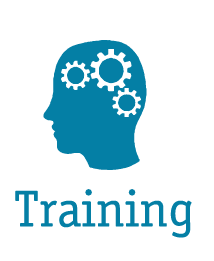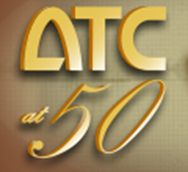ATC-20-1 Bhutan Field Manual
PROJECT OVERVIEW
Title: Development of Field Manual: Postearthquake Safety Evaluation of Buildings, Bhutan Edition (ATC-20-1 Bhutan)
Funding Provided By: World Bank’s Global Facility for Disaster Reduction and Recovery (GFDRR) and the Applied Technology Council Endowment Fund
Developed By: the Applied Technology Council (ATC), GeoHazards International (GHI), and the Royal Government of Bhutan’s Department of Engineering Services (DES) and Department of Disaster Management (DDM)
Status: This document was completed in January 2015
Participants: To see a list of project participants, click here.
Final Product:
This document represents adaptations to the U.S. version of the ATC-20-1 Field Manual to account for Bhutan’s vernacular buildings, as well as Bhutan’s cultural and governmental context. During the development, a number of improvements were made to the presentation of material in the ATC-20-1 Field Manual, including a graphical format with numerous images to help engineers evaluate damaged buildings more accurately. Also, the procedures incorporate recent lessons learned during postearthquake safety evaluations following the Chile (2010) and New Zealand (2010-2011) earthquakes.
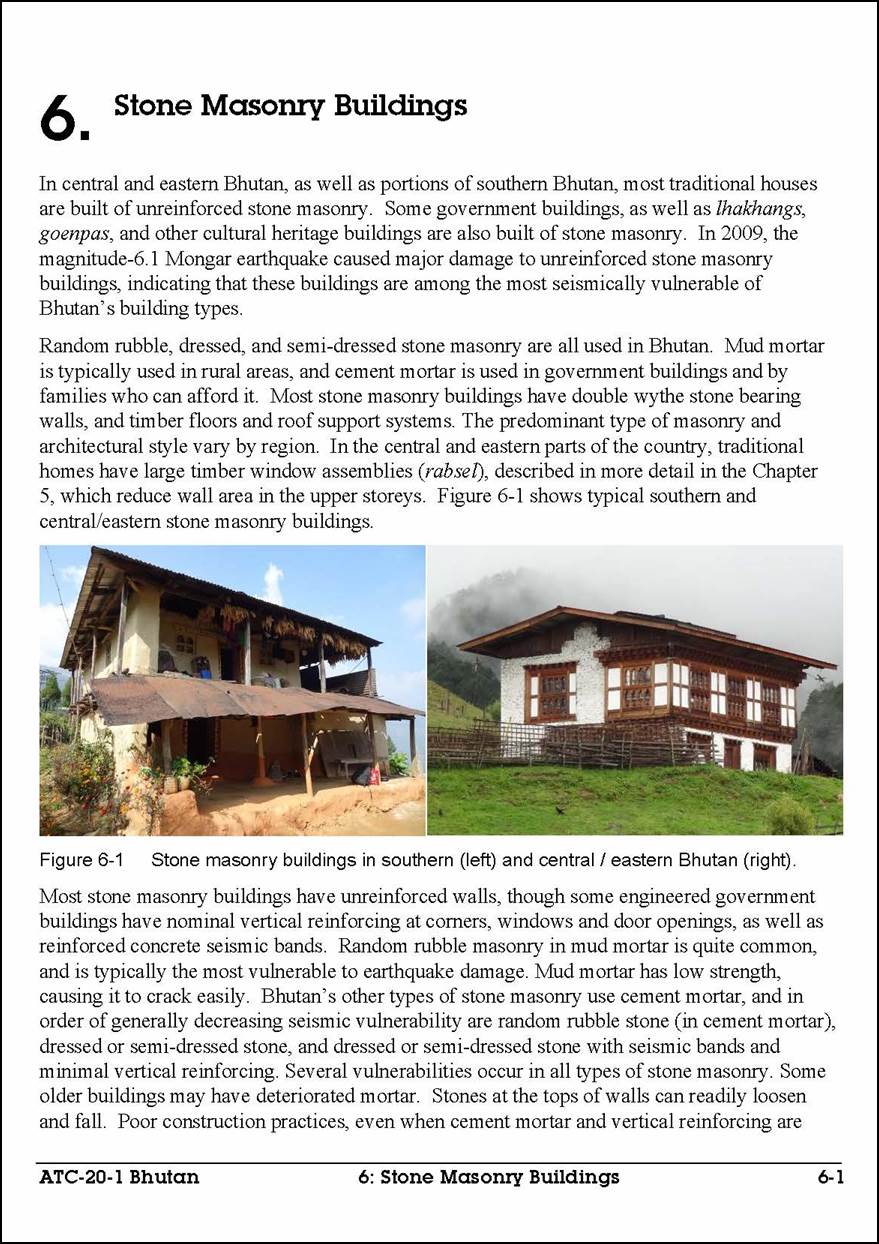 |
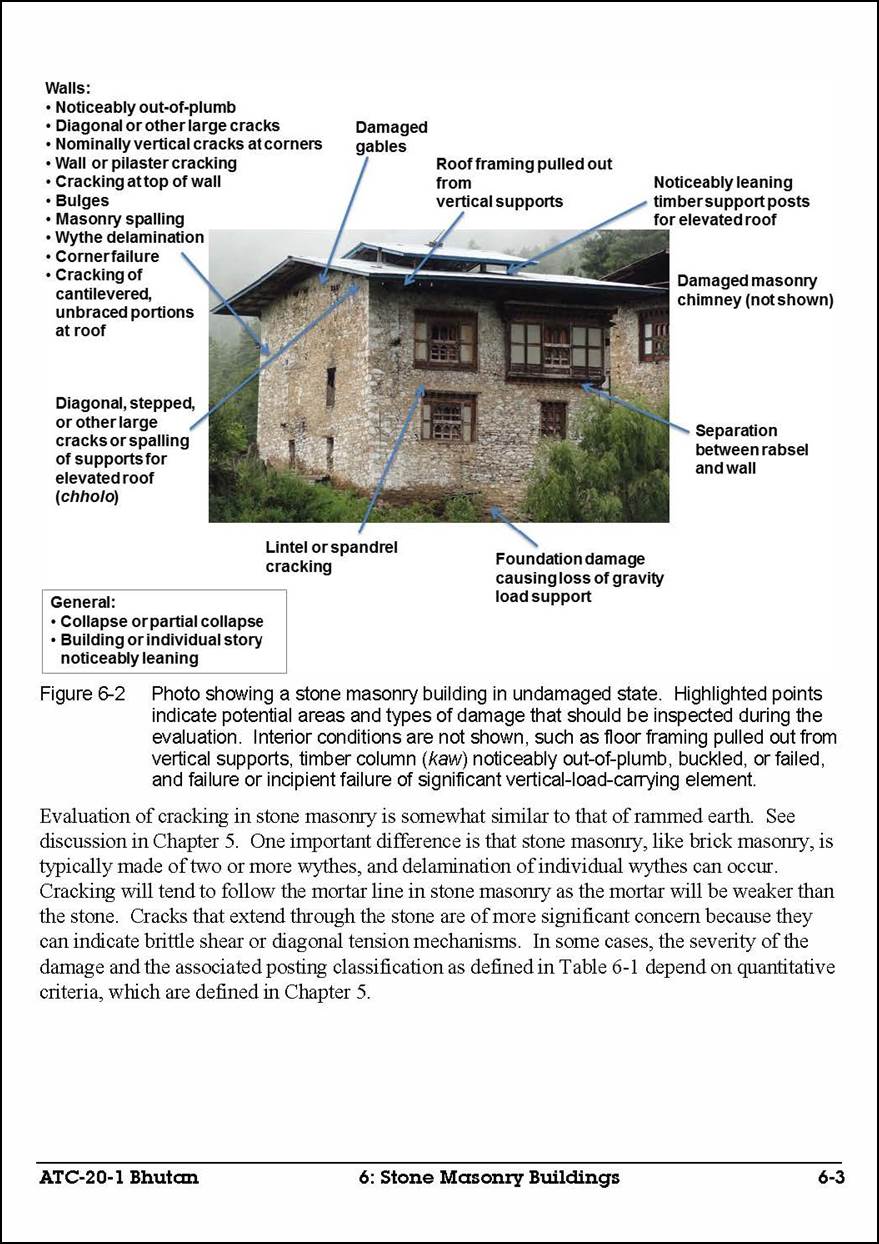 |
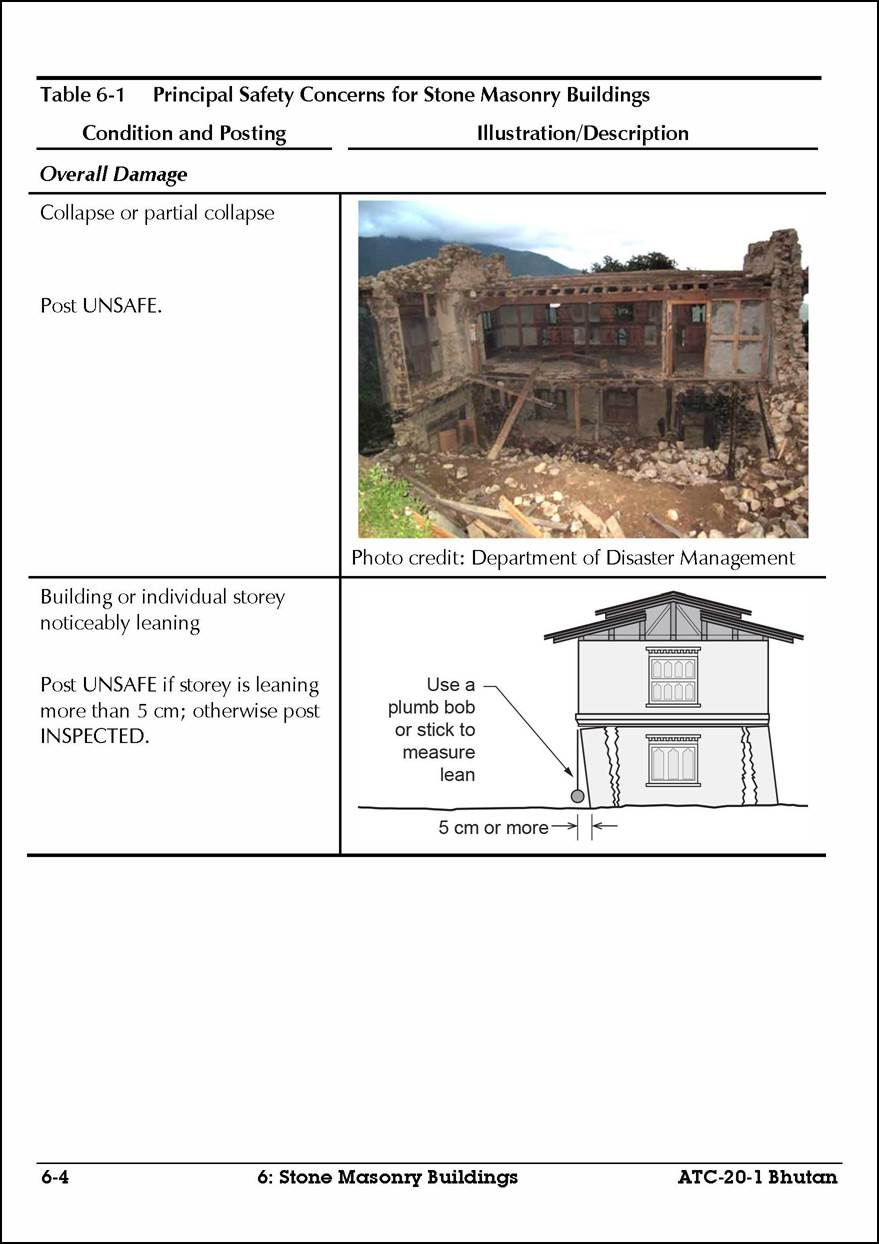 |
Sample pages from Chapter 6, Stone Masonry Buildings, showing the graphical format of the document. Table 6.1 is 13 pages long and presents damage conditions with photographs or illustrations.
An electronic copy of the document is not available online. To view the cover, title page, and table of contents, click here. If you wish to purchase a hard-copy version of the document, please contact This email address is being protected from spambots. You need JavaScript enabled to view it..
An overview of the project that developed the Field Manual was presented at the 10th National Conference on Earthquake Engineering in Anchorage, Alaska in July 2015, and may be viewed here.
In accordance with the ATC-20 Methodology, forms for recording safety evaluation results for Rapid and Detailed Evaluations were developed for buildings in Bhutan. These forms are provided in A4 size in PDF format here.
After undergoing safety evaluation, buildings are posted with one of three placards: INSPECTED, RESTRICTED USE, or UNSAFE. These forms are provided in A4 size in PDF format here.
ATC-20-1 Bhutan Field Manual also presents interim procedures for advisory placarding of single-family homes. When this document was developed, Bhutan had limited resources for response and recovery. The Department of Disaster Management determined that the results of postearthquake safety evaluations should be provided as safety advisories for occupants of single-family homes. The Department is working to enhance response capacity and intends that the provisions in this appendix serve as an interim measure. The technical developers of this document, including the U.S.-Bhutan Project Engineering Panel, ATC, GeoHazards International, and Department of Engineering Services, believe that mandatory placarding, in which directives on placards are legally binding and enforceable, is essential for public safety. The technical developers strongly support efforts to move to mandatory placarding for all buildings as soon as possible. The procedures are presented in Appendix F of the document. The advisory placards for INSPECTED, RESTRICTED USE, and UNSAFE are provided in A4 size in PDF format here.

